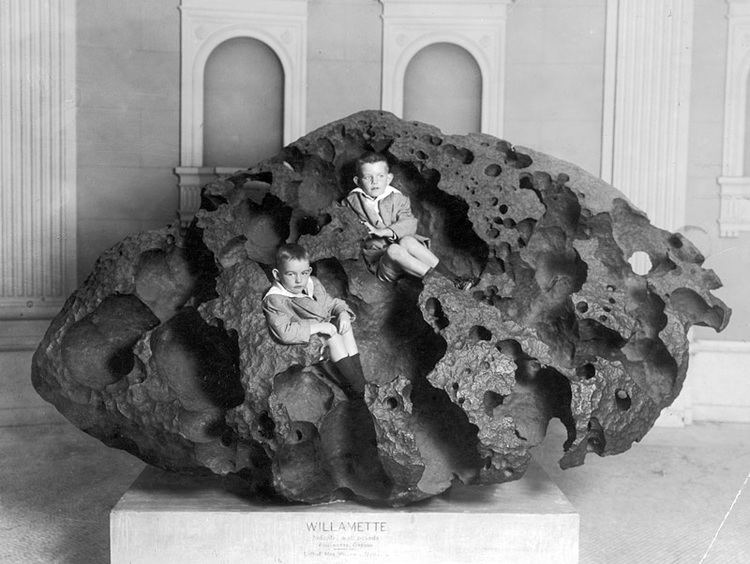 | ||
Meteorite weathering is the terrestrial alteration of a meteorite. Most meteorites date from the oldest times in the Solar System and are by far the oldest material available on our planet. Despite their age, they are vulnerable to the terrestrial environment. Water, chlorine and oxygen attack meteorites as soon they reach the ground.
Weathering scales
In order to quantify the degree of alteration that a meteorite experienced, several qualitative weathering indices have been applied to antarctic and desert samples.
The most known weathering scale is based upon the effects seen in polished thin sections of chondritic meteorites and it ranges from W0 (pristine) to W6 (heavy alteration). It was proposed by Jull A. J. T. et al. (1991) and updated by Wlotzka(1993) and Al-Kathiri et al.(2005).
The Meteorite Working Group at the Johnson Space Center uses weathering categories A B, C and E to denote the alteration of antarctic meteorites. Their official definitions are:
